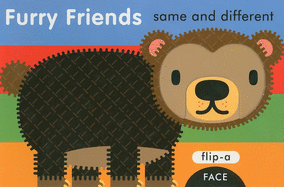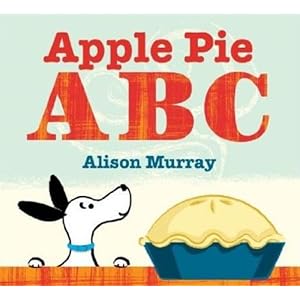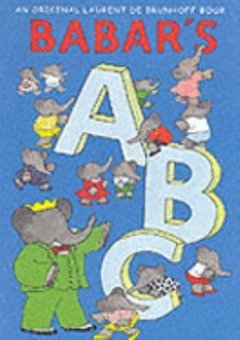
Colors by Simon Basher. Ages 1 and up. This board book uses the character BoBo on every page to get children excited about learning colors. Each page has a splatter of paint in a different color labeled with the name of the color and objects that are the color. (ex. red and a rose) The colors in this book were vibrant and stand out to the reader.

Spot Can Count by Eric Hill. Ages 3 and up. Children learn to count to ten by following Spot to the farm and counting animals. This book lets children practice counting the animals on each page and then lifting a flap to see if their answer was right. This interactive book will keep children engaged and they will be eager to lift the flaps to see what is underneath.

Furry Friends: same and different by Sami. Ages 3 months to 3 years. I found this book creative and it used a interesting way for children to recognize and compare different animal and human faces. The author asks the readers how the faces are the same or different. The silly faces in this interactive book makes it enjoyable to young readers.

Let's Count by Tana Hoban. Ages 3 and up. This book uses photographs of subjects that you see in the world around you. The items range from animals to food, such as candy apples in a store. Using photographs gives children a unique way of learning how to count and motivates them to count items around them in their every day lives.

Apple Pie ABC by Allison Murray. Ages 2 and up. This fun book goes through the ABCS of a dog watching a girl make an apple pie and his determination to eat the apple pie. Each letter of the alphabet is used to describe what is happening with the apple pie and the dogs actions. The dog won't give up until he gets to eat the apple pie at the end of the story.

First 100 numbers by Roger Priddy. Ages 1 and up. This book makes counting fun with many different ways to count. While learning their numbers and counting, children will also learn other beginner basics (such as colors and shapes). Children will explore how numbers and counting can be used in many ways.

Little Blue and Little Yellow by Leo Lionni. Ages 3 and up. Simple pictures of blobs of color are used to make little blue and little yellow in this book. Children learn that when colors are combined together they make a different color, in this case little blue and little yellow become green. I like how this basic book can be used in a lesson when teaching children how to make different colors.

Chicka Chicka Boom Boom by Bill Martin Jr. and John Archambault. Ages 3 and up. A rythmic tune is used in this book, making it easy for children to read out loud. Children will learn their alphabet while singing along to the catching repitious words. I remember reading this book when I was younger and listening to the song with the book on tape.

Shapes by Karen Bryant-Mole. Ages 4 and up. Part of a Mortimer's Math collection on different concepts this book focuses on different shapes. Mortimer the bear appears on every page showing examples of different shapes, what they are and describes what they look like. The end of the story reviews all of the shapes to see if children can remember each one.

Babar's ABC by Laurent de Brunhoff. Ages 3 and up. This book goes through the alphabet showing the capital and lower case letter. Each letter is accompanied by a word that starts with that letter than a couple sentences with words that start with that letter. The pictures in this book are very detailed and descriptive. Children will recognize Babar in various pictures throughout the story.
No comments:
Post a Comment